After decades of preparing to repel Soviet and Warsaw Pact armies pouring through the Fulda Gap, the warfighting focus of the U.S. and our allies pivoted sharply in the fall of 2001. The Cold War era of strategic competition gave way to the global war on terrorism. Now, the focus of our armed forces is shifting again; great-power competition has returned. While the mission to defeat global terrorism remains, growing threats to the U.S. and our allies from near-peer competitors demand our attention. These threats manifest globally and in every warfighting domain with increasing intensity. The U.S. Army knows this well since we have soldiers engaged in every one of our warfighting domains to mitigate those threats.
American soldiers understand that competitors threaten the space domain, too. They’re aware of China’s series of hypersonic glide missile tests, and Russia’s November test of a direct ascent anti-satellite weapon, which exponentially increased the danger to assets in low Earth orbit to nearly 1,500 new pieces of trackable debris. Much like provocative and dangerous weapons tests in other domains, these actions should be seen as irresponsible and threatening.
In some cases, soldiers might not be aware of these recent events. Sometimes, even if they are aware, they might not understand their significance. That must change. The threat is not just to Army operations but also to the national security of the U.S. and our allies.
To help mitigate these threats, we must grow into space-savvy, joint-focused and all-domain-cognizant soldiers to maintain our Army as the best in the world.

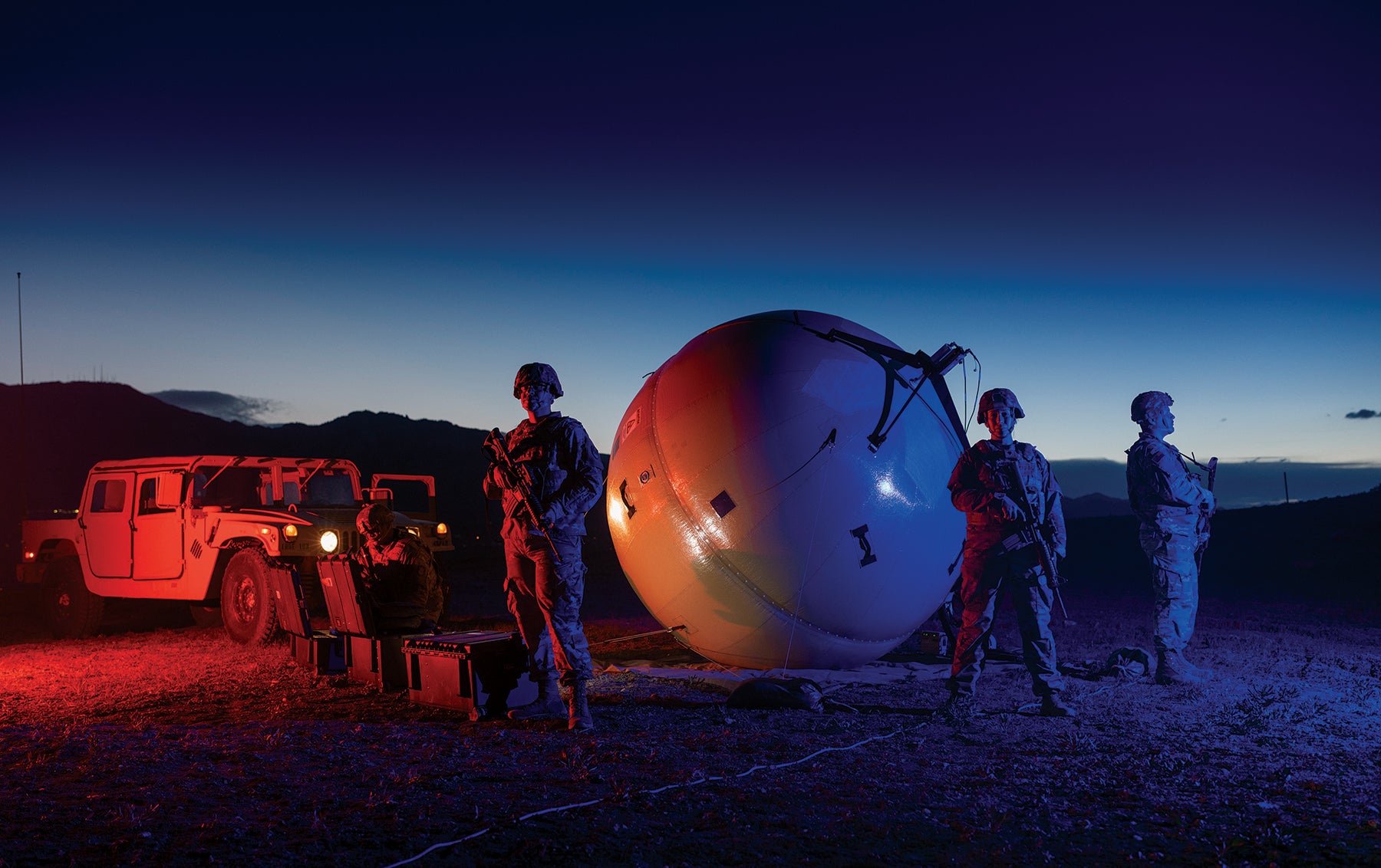
Maintaining Access
This imperative is not unique to the Army. In the early days of the establishment of the U.S. Space Command, I spoke frequently of the need to build joint-savvy space warfighters in the command and among members of all services. That is still a critical objective. Our ability to maintain free and open access to space is vulnerable, and we need to address these threats. Much of this comes from my perspective leading a multiservice and international partnered team of warfighters in achieving Space Command’s Unified Command Plan missions and responsibilities.
Even with that joint focus, I maintain a powerfully strong Army heritage, and I proudly wear the uniform of a U.S. soldier. I am also still focused on helping ensure our soldiers are more mission-effective. Today, that requires a fundamental understanding of space in both supporting and supported warfighting functions.
No matter a soldier’s MOS, their mission success depends on capabilities provided by space. Today’s soldiers must grasp this dependency. They must fully understand its implications and learn when and how to mitigate its associated vulnerabilities. They must know how to use the full capabilities provided by space, and they must know when they’re operating in a space-denied and -degraded environment. And they must learn to tell the difference and adapt as necessary, as soldiers always do. Sometimes, a simple map and compass is a perfectly acceptable alternative to a GPS receiver. Part of being a space-savvy joint warfighter is being trained on when and how to use each of those options. Quite simply, a space-savvy soldier is a more mission-capable soldier.
The reasons for this lie in how rapidly space capabilities have evolved, how dependent the U.S. armed forces have become on those capabilities and how significantly the strategic security environment has changed in just the past few years. Some have suggested that the First Gulf War was the first space war. Operation Desert Shield/Desert Storm was certainly the first large-scale space-enabled war, but hostilities neither began in, nor extended into, space during that war. So, its designation as the “first space war” is only partially true. Fortunately, a war that extends into space has not yet occurred. Although Space Command is preparing for it, our mission is to deter that war.
Given the increasing threat in the space domain, the nation established the 11th and newest combatant command to prepare the U.S. armed forces to fight and win in that domain. We will do so from a position of strength. If we wish to ensure peace, then we must prepare for war. Space Command is preparing for the war not yet fought in order to deter the war that need not be fought.
Among my most important tasks in that preparation is to train space-savvy joint warfighters. Like our predecessors who stormed the beaches at Normandy, France, today’s soldiers are part of a joint/combined, all-domain combat force. Ultimately, soldiering is soldiering. The difference today, undoubtedly, is the added advantage our soldiers have from space-based capabilities.
Of course, the Army that liberated Western Europe in World War II had the enormous advantage of being backed by air and naval superiority, perhaps even air and naval supremacy. The need for space superiority in tomorrow’s conflicts will be exponentially more important. The soldiers pushing eastward in the summer of 1944 through the hedgerows of the Cotentin Peninsula in France enjoyed the enormous benefits of air superiority, but they were not directly connected to that air capability. They just knew it was providing top cover.
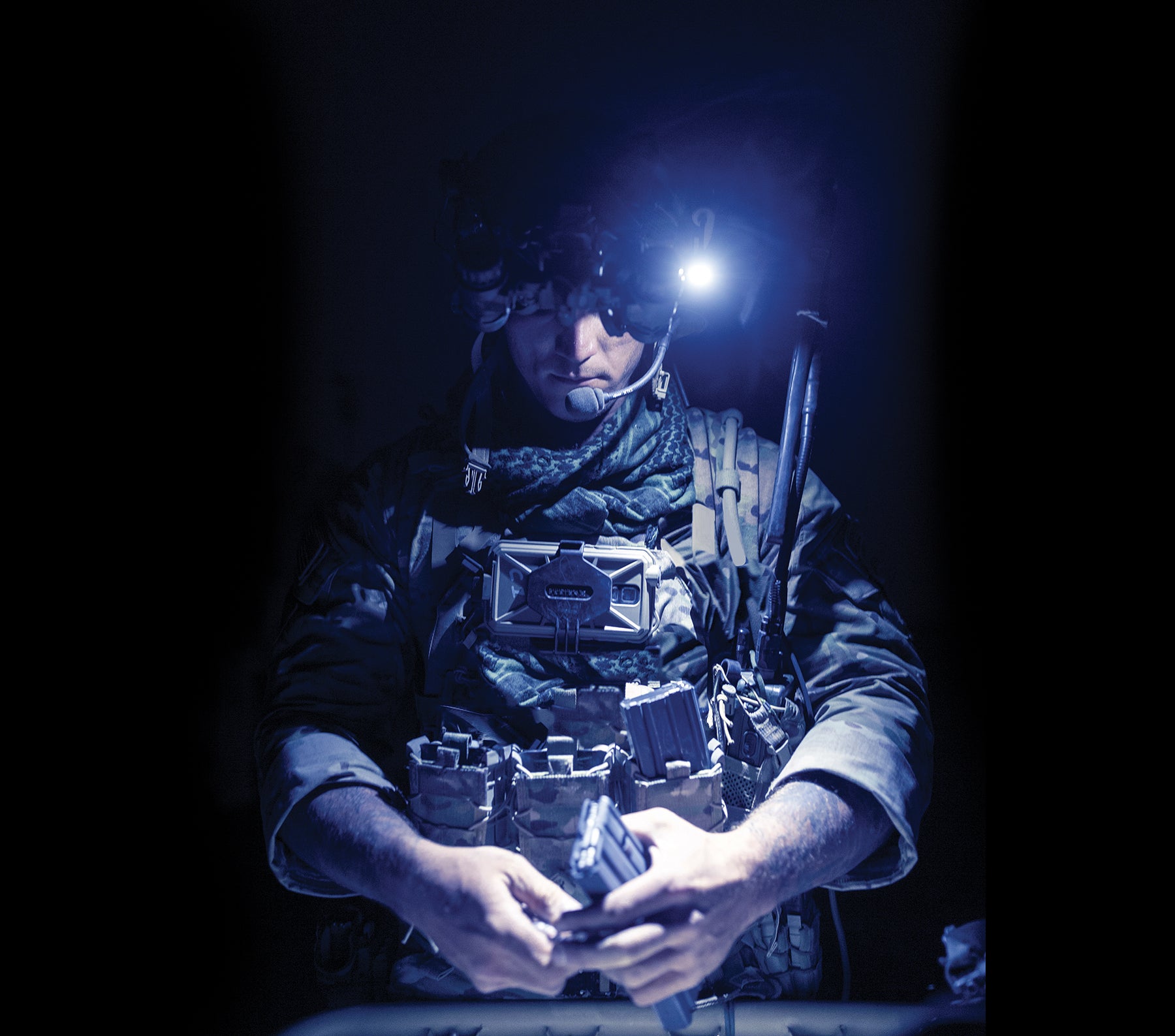
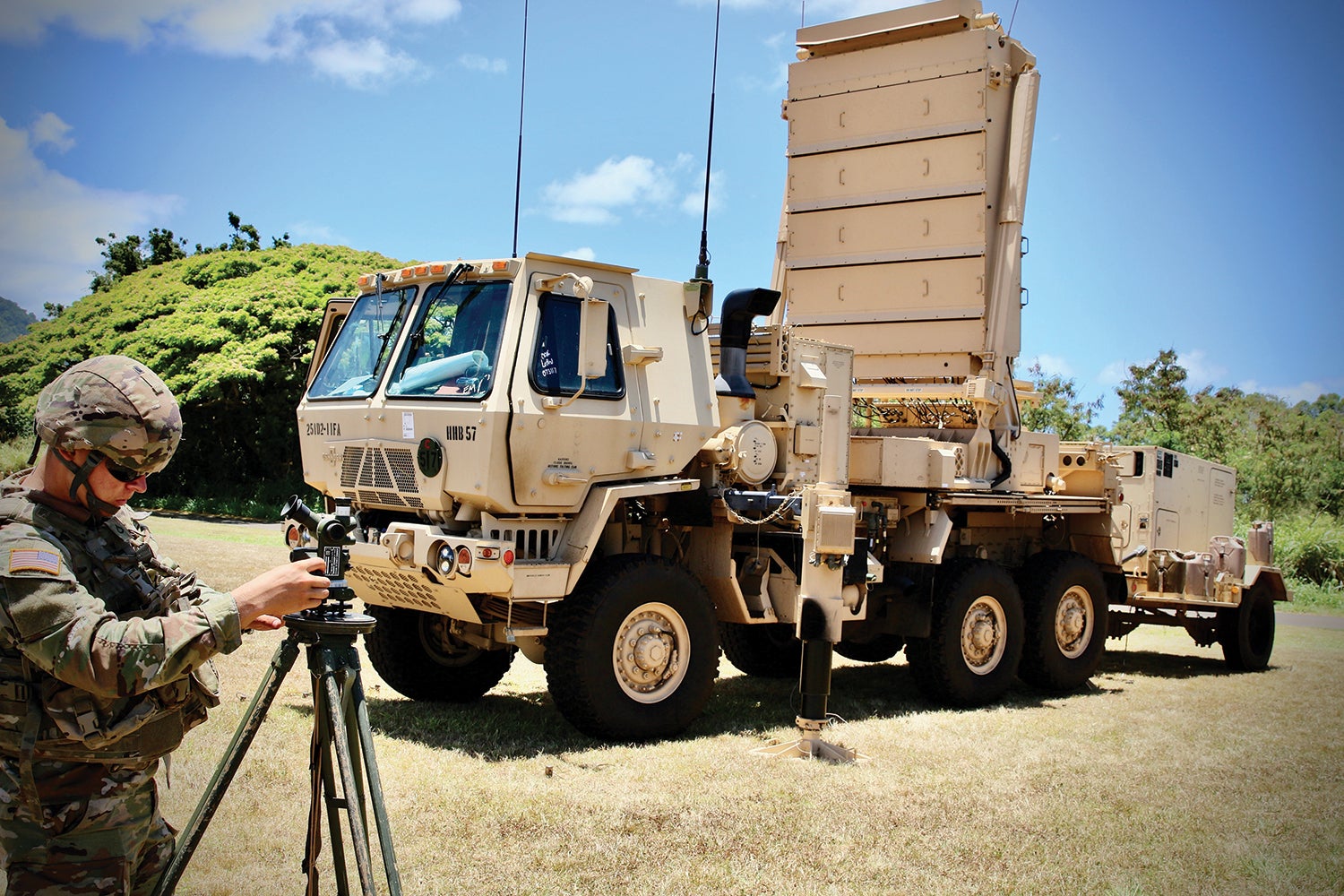
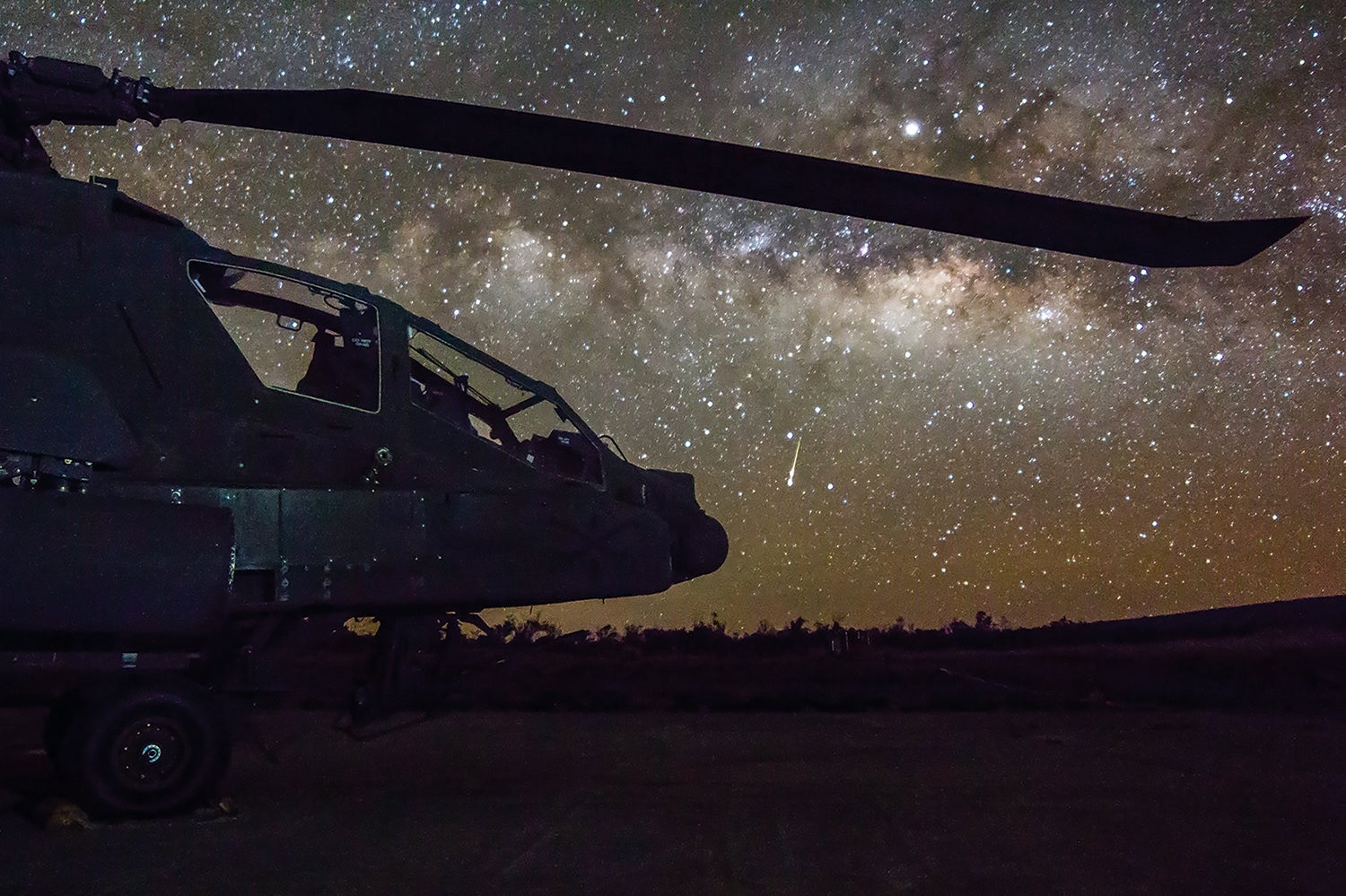
Greater Communication
Today, a soldier’s kit ties them directly to space-based capabilities: tactical and strategic lines of communication, navigation, weapons, precision-guided munitions and direct links to the cockpits of close-air support. Many of our capabilities include a space-enabled direct link to the soldier on the ground. That link enhances that soldier’s mission accomplishment, and it could very well save that soldier’s life. This is why I ask every member of Space Command to think in terms of our role “from the ultimate high ground to the last tactical mile.” Real—not metaphorical—American soldiers, Marines, sailors, airmen and guardians operate in that last tactical mile.
Equally important, soldiers must think in terms of their lifeline—figuratively and literally—from their tactical position to the ultimate high ground. That ultimate high ground can be 22,000 miles above the Earth, where many of our critical mission-enabling communications satellites are in orbit. Sometimes it is even farther out, perhaps to the moon or even Mars one day. No matter the distance, soldiers need to fully understand this connection between their tactical positions and the ultimate high ground.
Just as we would expect soldiers to know thoroughly the functions and components of their M4 carbine or their Single-Channel Ground and Airborne Radio System, so, too, should they know the functions of their space-enabled tools—a Defense Advanced GPS Receiver (DAGR), for example—that enable them to shoot, move and communicate. All soldiers can disassemble, clean, reassemble and fire an M4 in a matter of minutes. What, then, is the equivalent skill set that soldiers must have to troubleshoot and reemploy a DAGR? It could be as significant to the unit’s mission success and that soldier’s life as their weapon.
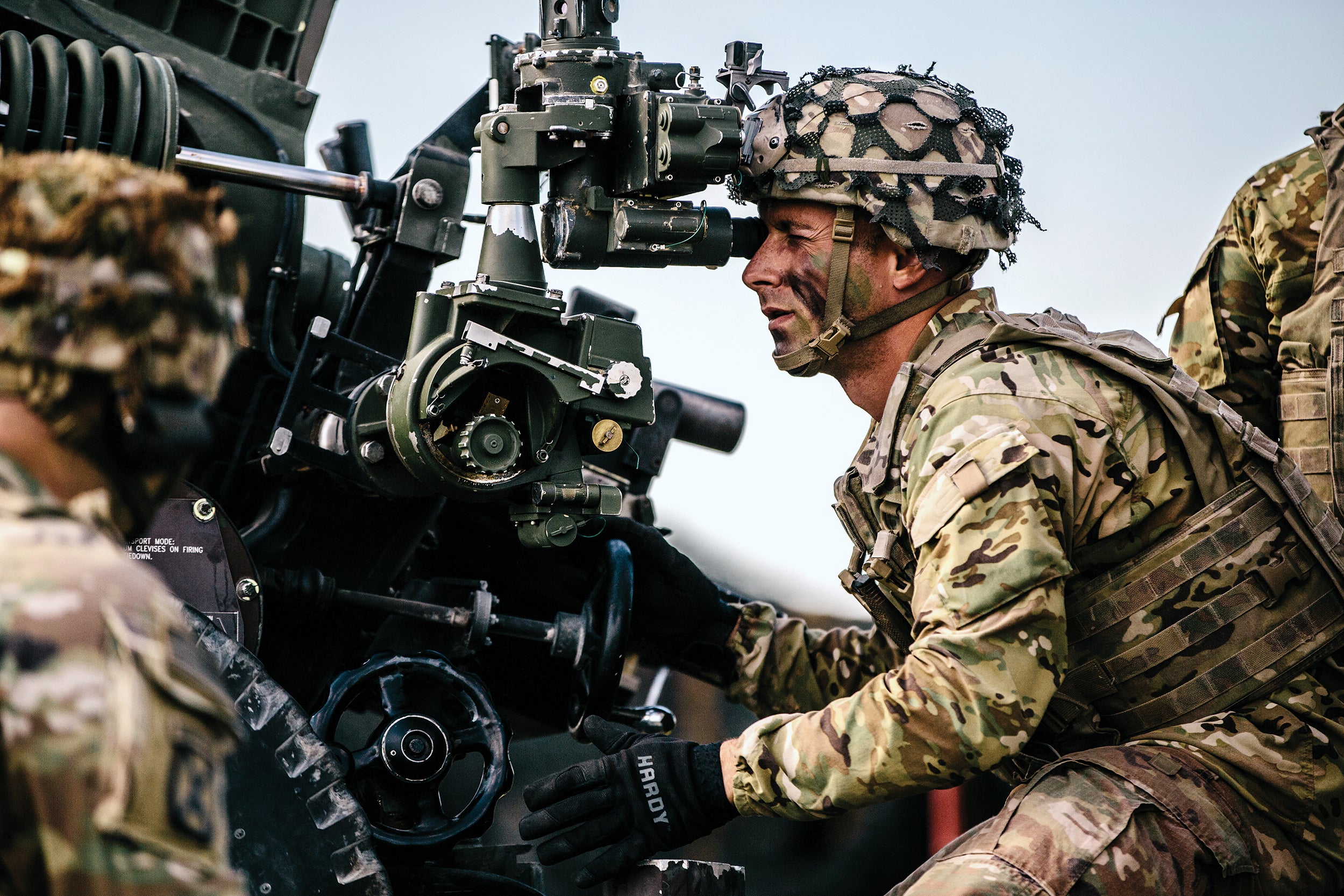
Anecdotally, there are stories of soldiers using smartwatches as a positioning, navigation and timing resource in a tactical environment. You have to respect the initiative of young soldiers; they are more tech-savvy than soldiers of my generation. The computing power of that gadget on their wrist is orders of magnitude greater than a bank of computers would have been when I was a lieutenant.
However, that level of familiarity and tendency to favor the immediate and convenient solution can also create vulnerabilities. That overfamiliarity and comfortable use of a handy solution may jeopardize operational security. Soldiers today might assume that a smartwatch is as secure as a DAGR, not realizing how vulnerable the watch’s civilian-coded GPS capability is to jamming and spoofing, possibly resulting in mission failure, and endangering their unit and themselves.
In contrast, the DAGR’s military-grade GPS capability, while not completely invulnerable, would make them aware of that jamming and spoofing. This is just one example of how space capabilities, whether military or commercial, can become a vulnerability if soldiers are not properly trained.
One of my tasks in the Unified Command Plan is to ensure effective joint space operations training. So, I have a keen interest in making sure all soldiers have the training necessary to understand why a DAGR can help accomplish their mission, while a smartwatch might pose a risk. The U.S. armed forces train exceptionally well, but I’m less concerned about the specifics of training in this case than I am about the resulting knowledge. That requires more than just training, but a deeper level of education among our joint and combined warfighters. We can meet the space training objectives for our soldiers relatively easily. But the real question—the answer to which has enormous implications for the Army’s combat effectiveness—is, have we educated our soldiers well enough to be space-savvy joint warfighters?
Space Command cannot accomplish that critical task on our own. Army leaders at all levels can help, too. We need soldiers to understand that space is now a warfighting domain. That Space Command has Unified Command Plan-assigned tasks in both our traditional “blocking and tackling” supporting functions like positioning, navigation and timing; missile warning; weather, satellite communications; and electronic warfare. Additionally, that we also have Unified Command Plan-assigned tasks in a supported role, in which the Army will provide supporting capabilities to our space warfighters to achieve national-level objectives in our newest, largest and most complex warfighting domain.
Opportunities Available
Space education opportunities are available to our soldiers. At Peterson Space Force Base, Colorado, we host a series of space professional continuing education courses. The Army itself has a space cadre course, and there are many others. We need our soldiers to seek those opportunities, our commanders to assign them as a priority, our national-level leadership to endorse the imperative and our decision-makers to find and assign the necessary resources.
In the meantime, Space Command will continue on the path to achieving full operational capability. We’ll continue developing the warfighting capability necessary to provide our national leadership with the integrated deterrence-enhancing options necessary to ensure free and open access to space for the U.S. and our allies. As the largest user of space capabilities in DoD, the Army can best contribute to warfighting effectiveness and the resulting deterrent posture by helping to educate and train space-savvy soldiers.
Gen. James Dickinson has been commander of the U.S. Space Command, Peterson Space Force Base, Colorado, since August 2019, after serving as the command’s first deputy commander. Previously, he was commanding general, U.S. Army Space and Missile Defense Command, and commander, Joint Functional Component Command for Integrated Missile Defense. Previous assignments include chief of staff, U.S. Strategic Command; director for Test, Missile Defense Agency; deputy to the Inspector General, Office of the Secretary of the Army; commanding general, 32nd Army Air and Missile Defense Command; and commanding general, 94th Army Air and Missile Defense Command. He holds master’s degrees from the Colorado School of Mines and the U.S. Army War College.

